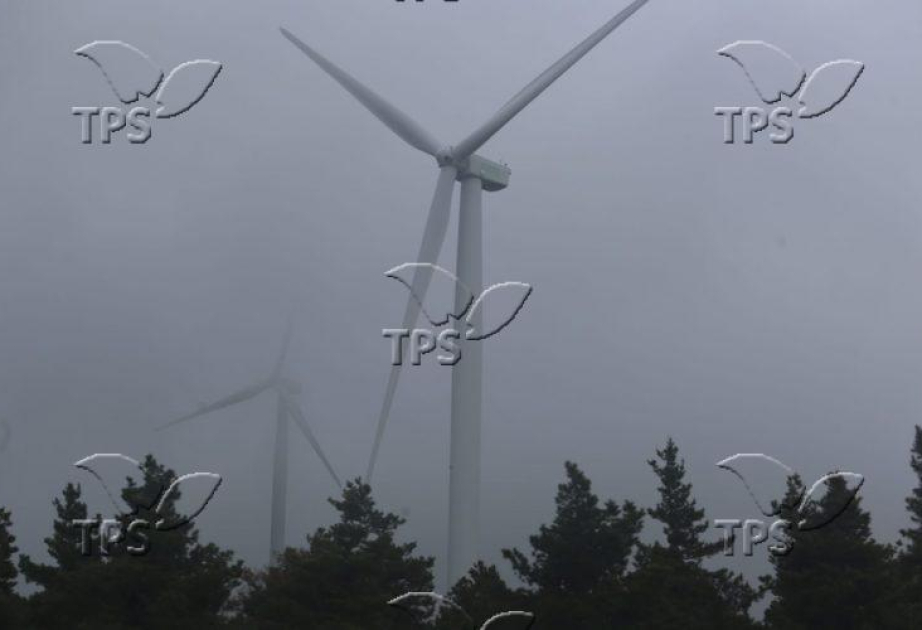Climate change could dramatically decrease wind energy potential across the Middle East, Israeli and German scientists warned on Monday, according to the Press Service of Israel (TPS-IL).
While surface winds are expected to increase in some coastal areas, wind speeds at the height where turbines operate are projected to decrease, creating new challenges for wind power development.
In 2024, wind supplied over 2,494 TWh of electricity, which was 8.1% of world electricity, according to Ember, a British-based research institute.
The research, led by Melissa Latt from Germany’s Karlsruhe Institute of Technology and Dr. Assaf Hochman from the Hebrew University of Jerusalem, used advanced climate models to predict summer wind patterns up to the year 2070. The study revealed important new details about how wind conditions will change at different heights — information that was not well understood before.
The study was recently published in the peer-reviewed journal Climatic Change.
“We found that although surface winds may grow stronger by up to 0.7 meters per second near coasts, the wind speeds at 150 meters above the ground — the height of most wind turbines — are expected to fall by as much as one meter per second in many inland and Mediterranean areas,” said Hochmany. “This difference matters because turbines rely on winds at that height to generate electricity. Ignoring this vertical change could lead to wrong estimates of how much energy can be produced.”
Most modern wind turbines have a hub height — measured from the ground to the center of the rotor — of about 80 to 120 meters on land, and up to 150 meters offshore, where wind conditions are typically stronger and more consistent. Wind farms themselves can be located at various elevations above sea level, from coastal areas at sea level to inland plateaus and mountain ridges that reach over 1,500 meters.
However, what matters most for energy generation, is not just the location’s elevation but the wind speed at the turbine’s hub height. Because wind speeds generally increase with height, accurate forecasting at this level is critical for understanding a site’s true energy potential and planning effective wind infrastructure.
The researchers identified changes in the Persian Trough, a major summer weather system in the Middle East, as the main reason for these upper-level wind declines. This shift could reduce regional wind energy output by up to 7 gigajoules over six hours — a significant loss for energy planners who want to expand wind power.
Despite this overall decline at turbine height, the study highlights some regional exceptions. The Red Sea coast is expected to see increases in wind speeds, making it a promising area for future wind farms. However, other key areas such as the Syrian Desert, the Mediterranean coastline, and the Judean Mountains may experience notable drops in wind energy potential.
“The complex interaction of the region’s mountains, land-sea temperature differences, and atmospheric circulation patterns creates a unique wind system,” explained Latt, the study’s lead author. “Our research shows it’s critical for policymakers to include these detailed forecasts in their planning to avoid overestimating resources and to find the best locations for wind investments.”
Hochman added, “Wind power is a vital part of the Middle East’s move toward sustainable energy. Understanding how climate change will affect winds at turbine height is essential for making smart, long-term decisions about infrastructure and energy strategies.”
The study calls for more research using multiple climate models to better capture local wind changes, especially in areas with complicated geography. It also urges governments to focus on regions like the Red Sea coast, where wind energy potential is expected to remain strong despite climate shifts.
Understanding shifts in wind speeds at turbine height may also encourage innovation in turbine design to maintain efficiency under changing wind conditions.


















